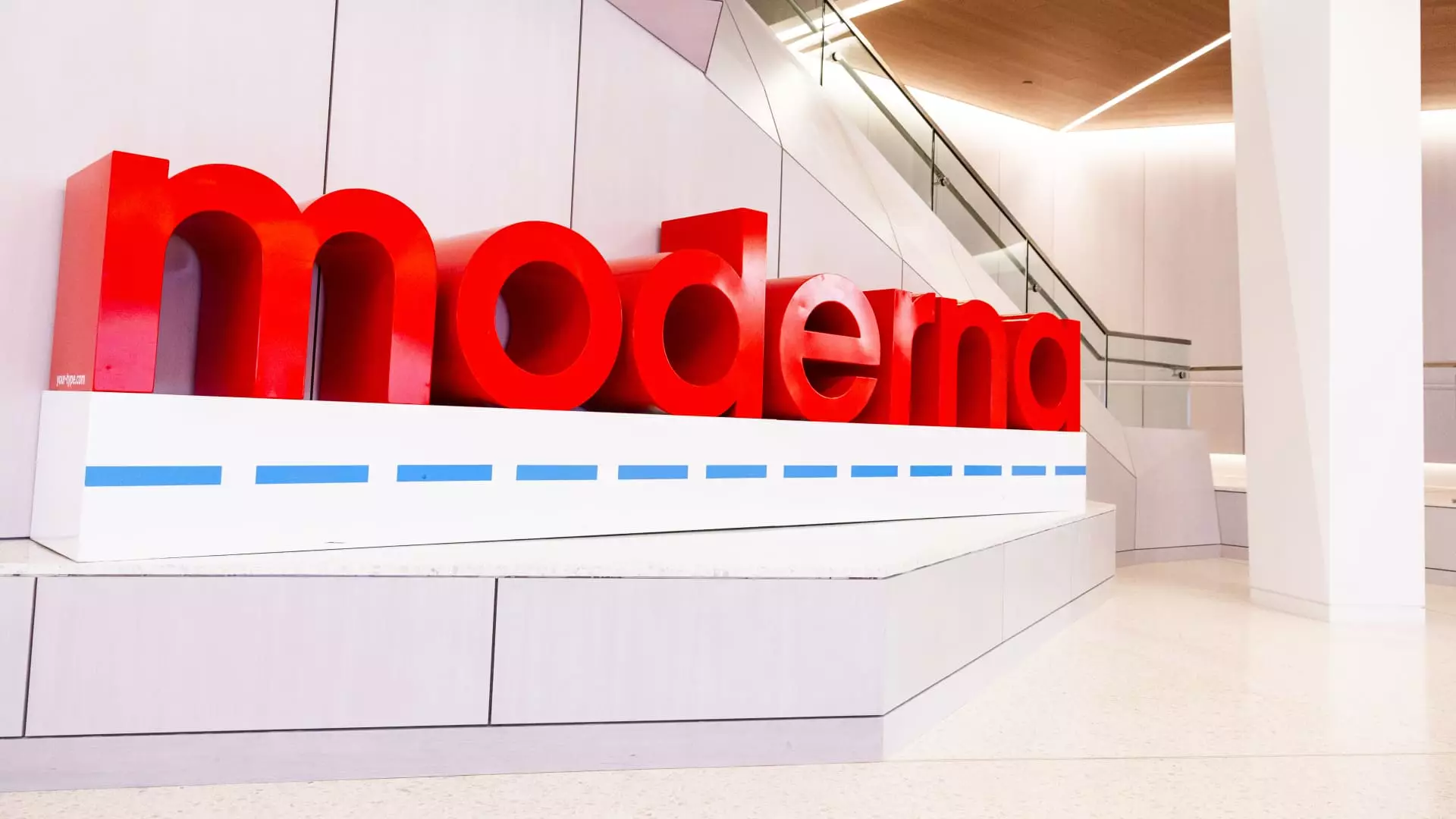Moderna’s recent announcement about its experimental mRNA flu vaccine generating a stronger immune response than existing options is undeniably encouraging. It promises a more effective defense against influenza, a virus that annually burdens millions, especially older adults. On the surface, this seems like a win for public health—better protection, fewer hospitalizations, and a streamlined approach to vaccinations when paired with their forthcoming combo flu-Covid shot. But to celebrate prematurely without dissecting the broader picture is to miss critical nuances. The reality is more complex than the headline efficacy numbers suggest, and broader political and regulatory tensions complicate an otherwise straightforward scientific advance.
Scientific Merit Meets Political Resistance
The technical progress Moderna has made deserves applause. Their phase three trial with over 40,000 adults aged 50 and older demonstrated a roughly 26-27% improvement over the current standard vaccine, including robust protection across influenza strains. From a purely biomedical perspective, this is a meaningful step forward. mRNA technology offers adaptability and speed, qualities vital for combating constantly shifting flu viruses. However, this scientific achievement unfolds in a highly politicized environment framed by skepticism toward vaccines, notably with Robert F. Kennedy Jr., a prominent vaccine critic, now steering the Department of Health and Human Services.
This injects unpredictability into the approval process. The FDA’s regulatory rigor is necessary, but the question arises whether it is being maintained objectively or is now susceptible to political interference. Moderna’s decision to withdraw its combination vaccine application earlier this year and wait for more robust standalone flu vaccine data reflects caution in a more contentious regulatory environment. This saga signals a troubling blend of politics and science, where advances can get mired not in efficacy concerns but in ideological battles, a situation detrimental to public health.
The Real-World Impact Beyond Efficacy Percentages
Clinical trial percentages only tell part of the story. While Moderna’s 26.6% advantage looks impressive, it is crucial to understand what that means in practical terms. Influenza vaccines are notoriously imperfect due to the virus’s rapid mutation, so even incremental improvements can save thousands of lives—a fact Moderna’s CEO rightly emphasizes. Yet substantial vaccine breakthroughs must translate into broader public adoption to matter. Here, the combination flu-Covid vaccine could be a game-changer by simplifying the vaccination process, reducing healthcare workload, and potentially increasing vaccination rates.
Still, this promise depends on overcoming vaccine hesitancy, disrupted by years of politicization and misinformation, amplified by fluctuating federal policies. The Trump administration’s earlier cancellations of contracts with Moderna and efforts to undermine vaccines have left a lasting shadow on public trust and market confidence. Moderna’s stock decline of over 30% this year reflects more than just corporate performance; it signals skepticism embedded in the market and society.
Challenges in Market Dynamics and Healthcare Priorities
Moderna’s ambitions in multibillion-dollar markets like Covid, flu, and RSV vaccines are understandable. Yet, the company’s financial optimism may be restrained by shifting healthcare priorities and competitive pressures from Pfizer, Novavax, and others. The question is whether the promise of mRNA vaccines will justify the often substantial costs associated with adopting new vaccine platforms in already stretched healthcare budgets. Additionally, public health programs must balance innovation with cost-effectiveness and equitable access.
On the policy front, a center-right liberal perspective would emphasize the necessity of leveraging private sector innovation responsibly, coupled with transparent, scientifically sound regulatory oversight. The government should support vaccine rollout and education campaigns but refrain from politicizing the regulatory environment in ways that create uncertainty and hinder progress. The biotech sector’s breakthroughs must be nurtured under stable conditions that incentivize investment and rapid deployment.
Technology Revolution or Oversold Breakthrough?
While mRNA technology undeniably heralds a revolution in vaccine science, it is important to temper enthusiasm with measured expectations. Seasonal flu vaccines have historically faced challenges beyond immunogenicity—logistics, public perception, viral evolution—that Moderna’s vaccines may not fully overcome. The impressive efficacy uptick comes after decades of searching for better flu vaccines, and past disappointments warn against overstating early success. Effective implementation will require overcoming structural hurdles that no vaccine alone can fix.
As the FDA considers Moderna’s application, it must maintain stringent scientific standards untainted by ideological interference. The government should prioritize public health pragmatically and support innovation. Facing the ongoing legacy of mixed messages and skepticism, policymakers owe it to the American people to stabilize and depoliticize vaccine approval and distribution processes, allowing science and patient welfare to lead the way rather than factional agendas.


Leave a Reply